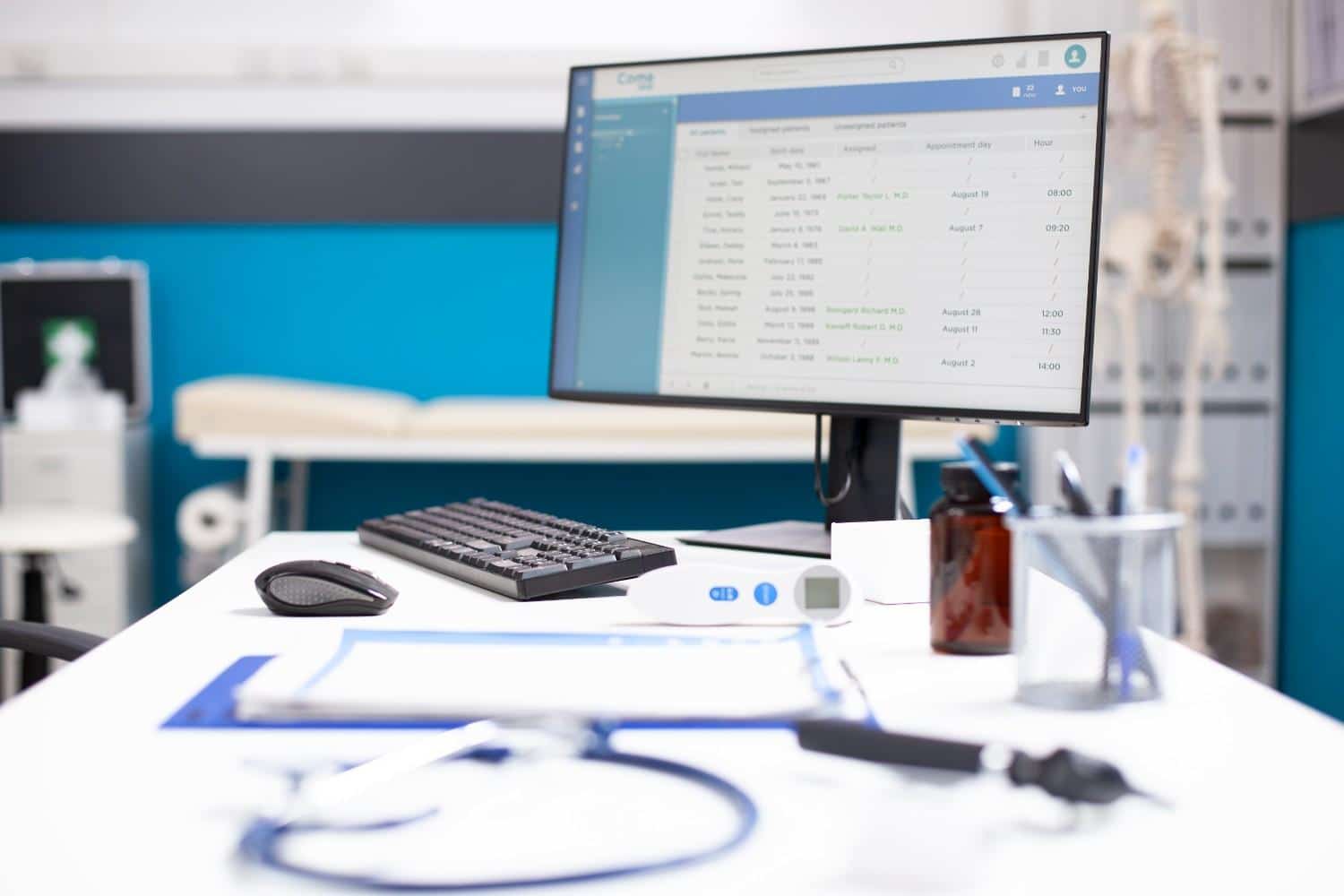Introduction:
Durable Medical Equipment (DME) plays a critical role in patient care, providing essential medical devices and supplies that help individuals manage chronic conditions, recover from injuries, or improve their quality of life. However, DME billing is a complex process that requires a thorough understanding of insurance policies, coding procedures, and compliance regulations.
Healthcare providers and suppliers must navigate strict Medicare, Medicaid, and private insurance guidelines to ensure accurate claim submissions and timely reimbursements. Failure to follow proper billing procedures can result in denied claims, delayed payments, and financial losses.
This guide provides a step-by-step breakdown of DME billing, covering essential aspects such as eligibility verification, coding, claim submission, and compliance requirements.
What Is Durable Medical Equipment (DME)?
Durable Medical Equipment (DME) includes medical devices and supplies prescribed by healthcare providers for patients to use at home. These items must meet the following criteria:
✔ Medical Necessity – Must be prescribed by a healthcare provider for a specific condition.
✔ Durability – Can withstand repeated use and last at least three years.
✔ Non-Disposable – Not intended for immediate consumption (e.g., oxygen tanks, wheelchairs).
✔ Primarily Used at Home – Must be used in a home setting rather than a hospital or clinic.
Examples of DME:
- Wheelchairs and walkers
- Hospital beds
- Oxygen equipment
- CPAP machines
- Blood glucose monitors
- Orthotic braces and prosthetics
Step-by-Step Guide to DME Billing:
Step 1: Verify Patient Eligibility and Insurance Coverage
Before supplying any DME items, it is essential to verify:
✔Patient’s insurance plan (Medicare, Medicaid, private insurance)
✔Coverage limitations and prior authorization requirements
✔Patient’s deductible, copayments, and out-of-pocket costs
How to Verify Eligibility?
- Check Medicare/Medicaid eligibility portals
- Use electronic verification tools from insurance payers
- Call the insurance company to confirm benefits and coverage rules
Mistake to Avoid: Not verifying eligibility can result in claim denials due to non-covered services.
Step 2: Obtain a Valid Prescription and Certificate of Medical Necessity (CMN):
DME must be prescribed by a licensed healthcare provider and supported by proper documentation, including:
✔ Prescription with diagnosis details
✔ Certificate of Medical Necessity (CMN)
✔ Doctor’s progress notes and treatment plan
For certain DME, insurance payers may require additional documentation to justify medical necessity.
Mistake to Avoid: Missing or incomplete documentation can delay claim approval.
Step 3: Confirm Prior Authorization Requirements:
Some insurance providers require prior authorization (PA) before covering specific DME items.
✔ When is PA Required?
- High-cost DME (e.g., electric wheelchairs)
- Equipment that requires ongoing rental (e.g., oxygen therapy)
- Prosthetic and orthotic devices
✔ How to Obtain PA?
- Submit a prior authorization request with supporting medical documentation.
- Wait for insurance approval before delivering the equipment.
Mistake to Avoid: Providing DME without prior authorization can lead to claim rejection and non-payment.
Step 4: Assign the Correct HCPCS Code:
DME billing requires Healthcare Common Procedure Coding System (HCPCS) Level IIcodes, which classify medical equipment and supplies.
✔ HCPCS Code Structure:
- E-Codes (e.g., E0601 – CPAP machine)
- K-Codes (temporary codes for new technologies)
- L-Codes (orthotic and prosthetic devices)
✔ Modifiers:
- NU – New Equipment
- RR – Rental Equipment
- UE – Used Equipment
Mistake to Avoid: Incorrect HCPCS codes can result in claim denials or underpayments.
Step 5: Determine the Billing Method (Rental vs. Purchase):
DME can be rented or purchased, depending on insurance guidelines and patient needs.
✔ Purchased DME – One-time payment for ownership (e.g., crutches, prosthetics).
✔ Rented DME – Monthly payments (e.g., oxygen concentrators, hospital beds).
Medicare Example: Some DME is covered under a “capped rental” policy, meaning the equipment is rented for 13 months before the patient owns it.
Mistake to Avoid: Billing a rental item as a purchase can result in overpayment recovery and audits.
Step 6: Submit the Claim with Required Documentation:
Once the correct HCPCS codes, modifiers, and pricing details are in place, submit the claim electronically through:
✔ Medicare DME MAC portals
✔ Private insurance clearinghouses
✔ Medicaid state-specific billing systems
Essential Claim Information:
- Patient details (Name, DOB, Insurance ID)
- Ordering physician information
- HCPCS codes and modifiers
- Pricing details (rental vs. purchase)
- Supporting medical documentation
Mistake to Avoid: Missing documentation delays claim processing and may trigger audits.
Step 7: Track Claim Status and Handle Denials:
How to Monitor Claims?
- Use electronic claim tracking tools.
- Regularly check payer portals for status updates.
- Follow up with insurance representatives if payment is delayed.
Common Reasons for DME Claim Denials:
❌ Incorrect HCPCS codes
❌ Lack of medical necessity documentation
❌ Expired prior authorization
❌ Duplicate claims
✔ How to Fix Denied Claims?
- Review the denial reason and correct any errors.
- Submit an appeal with additional supporting documentation.
- Follow up with insurance companies for reconsideration.
Mistake to Avoid: Not addressing claim denials promptly can result in revenue loss.
Medicare and Medicaid DME Billing Guidelines:
Medicare DME Billing:
- Covered under Medicare Part B.
- Requires DMEPOS (Durable Medical Equipment, Prosthetics, Orthotics, and Supplies) enrollment.
- 20% coinsurance applies after deductible.
Medicaid DME Billing:
- Coverage varies by state.
- Some states require pre-authorization for most DME.
- Different reimbursement rates apply.
Best Practices for DME Billing Success:
✔ Stay Updated on Payer Policies – Insurance policies change frequently. Keep up with Medicare and Medicaid updates.
✔ Use Billing Software – Automate claim submission and tracking to reduce errors.
✔ Perform Internal Audits – Regularly review billing procedures to identify coding mistakes.
✔ Train Billing Staff – Ensure staff understands HCPCS codes, documentation requirements, and payer rules.
✔ Outsource Billing if Needed – Consider working with DME billing experts to reduce denials and improve revenue cycle management.
Conclusion:
DME billing is a complex but essential process that ensures healthcare providers receive timely reimbursements for supplying medical equipment. By following best practices, verifying eligibility, using correct HCPCS codes, and tracking claims, providers can reduce denials, avoid audits, and maximize revenue.
With proper training, technology, and compliance adherence, healthcare organizations can streamline DME billing processes, ensuring efficient claim management and better patient access to necessary medical equipment.







